The coronavirus (COVID-19) pandemic has highlighted the importance of health care benefits. Its impact has led to many elective procedures being delayed, and 2021 may look different than previous years. Given the impact of the coronavirus pandemic, many enrollees are increasingly conscious of having appropriate health care coverage.
The effects of the pandemic have also impacted open enrollment this year—with many employees feeling confused, anxious, or stressed about making the right choices. Generally, many employees complete open enrollment rather quickly—but if you are feeling pressured this year, make sure to spend the time you need, and use available resources to make enrollment choices confidently.
Tips for a Successful Open Enrollment
As you prepare to enroll in benefits this year, know that proper preparation may help alleviate some of the concerns that you have. Consider the following tips when preparing for and completing open enrollment this year:
- Reassess the health care needs of you and your dependents. Health care needs change year to year, and open enrollment offers you a chance to reevaluate your health coverage. As you prepare for open enrollment this year, make sure to evaluate whether you’ve had any changes in the past year, or if you anticipate changes in health care needs in the upcoming year. Questions to consider include:
- Have you added any dependents?
- Do you anticipate changes in the health care needs of you or your dependents this year?
- Do you anticipate any changes in how regularly you or your dependents will be seeing health care providers?
- Do you or your dependents anticipate changes in the use of prescription medications?
|
The coronavirus (COVID-19) pandemic has highlighted the importance of health care benefits. |
- Take time to review benefits offerings thoroughly. Benefits offerings often adapt and change, so make sure to take time to review all offerings and open enrollment resources. As plans and costs can change year to year, ensure you thoroughly review open enrollment resources that are provided to you, and ensure any questions you have are addressed before making any choices.
- Reevaluate medical coverage offerings. There isn’t one plan that is best for everyone. Health care needs change over time, so don’t be afraid to review a health plan that might be different from what you enrolled in last year. As you consider medical coverage plans, evaluate costs you may incur outside of purely premiums—including deductibles, copays, coinsurance, out-of-pocket maximums, and prescription coverage.
- Check your network and preferred health care providers. Notably, the coronavirus has led to closings and many changes within health care. Find time to check whether your preferred health care providers are in your chosen network. Changes in health care providers can take place abruptly, and now is an excellent time to double-check the status of your preferred providers.
- Review voluntary insurance options. After selecting your health coverage, make sure to consider voluntary insurance options. Common voluntary insurance options include dental and vision benefits. If offered, consider whether these may be right for you. For dental care, consider factors such as whether you are planning regular cleanings, or whether you anticipate using orthodontics services—as these factors may influence the appropriate level of coverage for you and your dependents. For vision coverage, know that vision insurance can be either a vision benefits plan or a vision discount plan. A vision benefits plan grants you coverage and often includes an allowance for frames and lenses. A discount plan typically has a lower premium and offers discounts for vision services within a network.
Also, take time to review other voluntary benefits, as options that you may have previously overlooked can expand your coverage during this challenging time. Consider whether life insurance, disability insurance, accidental death, and dismemberment (AD&D) insurance and any other voluntary insurance options offered could be right for you.
- Be aware of all available resources. Take time to make sure you are aware of all offered resources, including mental health resources, an employee assistance program (EAP), telemedicine services, and any other benefits that are available.
- If you haven’t started one, consider an HSA or FSA. If you haven’t started a health savings account (HSA) or a flexible spending account (FSA), consider whether these options are a good fit for you. While each plan is unique and offered as an option depending on what medical coverage you enroll in, both allow you a tax-advantaged way to set aside pre-tax funds to be used for health care expenses.
- Revisit your retirement plan. Open enrollment is a good time to revisit your retirement plan. Review your contribution rate, investment options, and whether your current plan aligns with your retirement goals. Open enrollment is also a good time to ensure that your beneficiaries are up to date. While there may be no change within the last year, consider using this time to double-check your designations and adjust if necessary.
Preparing for a Successful Open Enrollment
It’s important to take the time to thoroughly review all benefits options and enroll in the ones that best fit your unique circumstances. While open enrollment may require you to make challenging decisions, proper preparation can put you in a position to confidently make the proper benefits choices.



